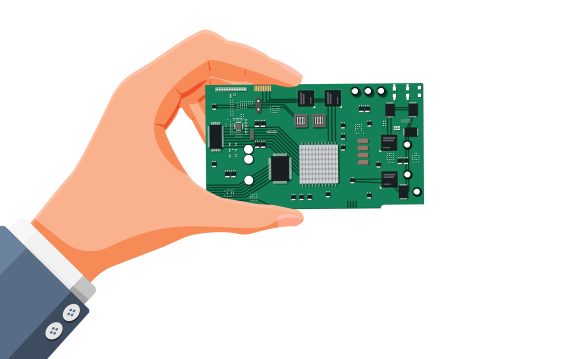The Central Processing Unit (CPU) is a computer’s most important component. It’s essentially the brain that makes calculations and decisions about how to run every task and operation on a PC.
For example, you can still use the computer without a dedicated video card, a network card, or even a sound card. However, without the processor, you merely have an expensive piece of industrial brick.
There are various ways to categorize the CPU—by manufacturer, generation, or clock speed, among others. However, the most important method of classification is by how many cores they have.
Using that yardstick, there are two main CPU types: the single-core CPU and the multi-core CPU. Single-core processors are all but extinct
at this time, so we only have computers with processors that use multiple cores with various computing technologies.
One example of this is the CPU in laptop which usually has a multi-core processor to handle more complex tasks and operations.
However, does it matter how many cores a processor has and how many your CPU needs? This article answers these questions.
We’ll explain each type of CPU and how your choice of processor correlates to performance.
What is a CPU Core?
First, what does the CPU do in a computer?
A CPU is a computer’s processor chip that executes instructions fed to it by a computer program. On a Windows 10 PC, that program is the operating system.
Now, what is a core in a CPU?
The core is the CPU’s main component. It is like a CPU on a CPU. It is responsible for reading and executing program instructions. If a processor has 2 cores, it is essentially a chip with two different processors working together.
A computer with one processor core can carry out a single task at a time. Although it may perform the task very fast, it must finish it before doing something else.
On the other hand, multiple cores help speed up system operations because the computer treats each core as a different processor. It assigns tasks to each core simultaneously.
With multiple tasks being done at the same time, both speed and performance are increased.
In the early days of the computing system, processors only had one core because of the limits of technology at that time.
Nowadays, a single-core CPU is a rare thing; every consumer PC comes with at least a two-core processor.
What Do Cores Do in a CPU?
With CPU cores explained, let’s tell you what they actually do.
When it’s time to purchase a new computer, many users are confused about labels like “dual-core”, “quad-core,” and so on. They might wonder what cores do exactly and why the number of cores matters.
Strictly speaking, cores help CPUs to perform multiple tasks at the same time.
Instead of working on one thread (components that transport tasks to CPUs) at a time, the CPU can receive and process multiple threads by distributing them to its cores.
That said, the operating system is responsible for distributing tasks to these cores.
How Does the Number of Cores Affect CPU Performance on Windows 10?
More computer cores can boost your Windows 10 computer’s performance because they allow your operating system to run different tasks simultaneously.
So, instead of lining up different high-priority tasks for the CPU to handle one by one, the OS can distribute them across multiple cores and process them faster.
Note that a “task” doesn’t necessarily mean one program, even though that can be the case. Instead, there can be multiple tasks within an application.
For example, if you have multiple tabs running in your web browser, different CPU cores can run those processes at the same time.
It works the same way with multiple applications too.
These days, CPU technology has advanced to the point that chip makers manufacture cores with different computing capabilities on a CPU.
Some cores are designed to handle intensive tasks while others process tasks that don’t require a lot of processing power.
These different cores are produced to boost performance and conserve energy.
When are Multiple Cores Required?
For basic tasks like browsing, watching videos, playing music, and using basic productivity apps like Word and Excel, a computer with two or four cores might be sufficient for your needs.
For gaming and video editing, you should choose a good computer that has between four and eight cores as the increased number of cores will be better able to handle the extensive operations that gaming and graphics editing involves.
For complex workstations that require graphics rendering, you’re better off splurging on one of the specialized beasts out there with the most cores in a CPU and advanced hyperthreading capabilities.
You can even find up to 64 cores for the most extreme resource-demanding tasks like 3D animation rendering and on-site network computing.
These are the common types of CPU based on the number of cores:
- Single-core CPU: Processors with one core.
- Dual-core CPU: Processors with 2 cores, such as the Intel Core Duo and AMD X2.
- Quad-core CPU: Processors with 4 cores, such as most Intel 6th and 7th generation chips.
- Hexa-core CPU: Processors with 6 cores, such as the Ryzen 5 Pro 1600 and Intel i5-8420T.
- Octa-core CPU: Processors with 8 cores, such as the AMD Ryzen 7 7700X and Intel i7-9800X.
- Deca-core CPU: Processor with 10 cores, such as the Intel Core i9-10850K.
In recent times, manufacturers have released CPUs with more than 10 physical cores for the most demanding operations a computer could ever do.
Examples are the AMD Ryzen 9 5900X with 12 cores, Intel Core I9-9980 XE Extreme Edition with 18 cores, and AMD Ryzen Threadripper 3960X with 24 cores. These are performance monsters for deep-pocketed users looking for a specific technology. Most modern CPUs also use technology called Hyper threading (HT).
Hyper Threading is a CPU core’s ability to run multiple processes at a time.
Some chip makers added this capability to their better chips to further boost performance.
Windows usually describes hyperthreading functionality as logical cores. As a result, the OS may report a hexa core CPU as having 12 logical cores because each core can handle two threads (processes).
You can check the number of cores on your CPU by following these steps:
- Right-click your Start button and open the Task Manager.
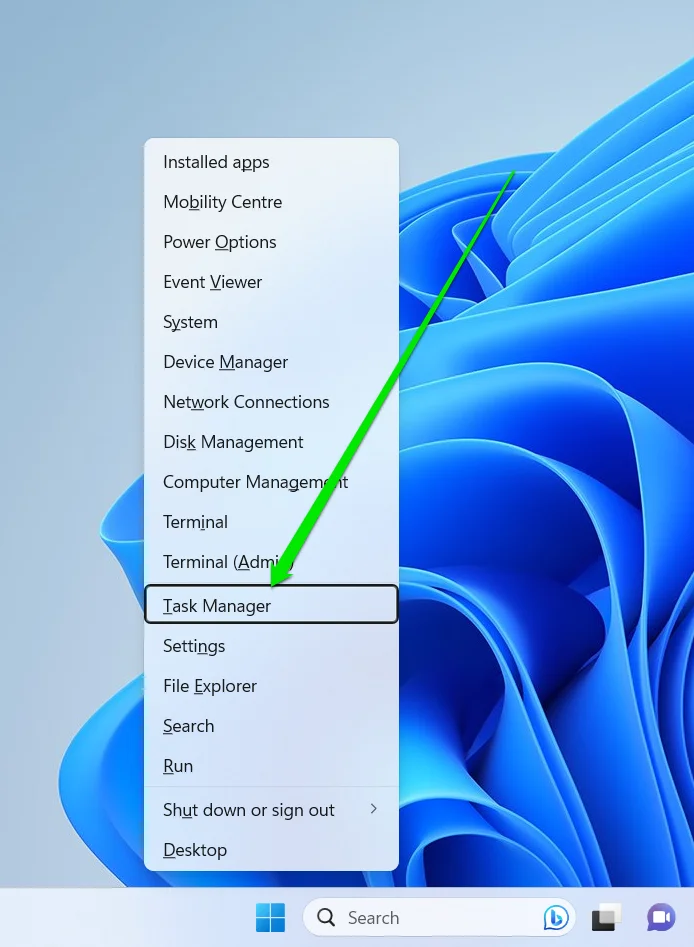
- If you’re running Windows 11, go to the left tab and click Performance. You can also expand the Hamburger menu to see your options.
- If you’re running Windows 10, go to the Performance tab.
- Click on CPU to see all the details of your processor, including Base Speed, Cores (physical), and Logical Processors (for CPUs with hyperthreading capabilities).
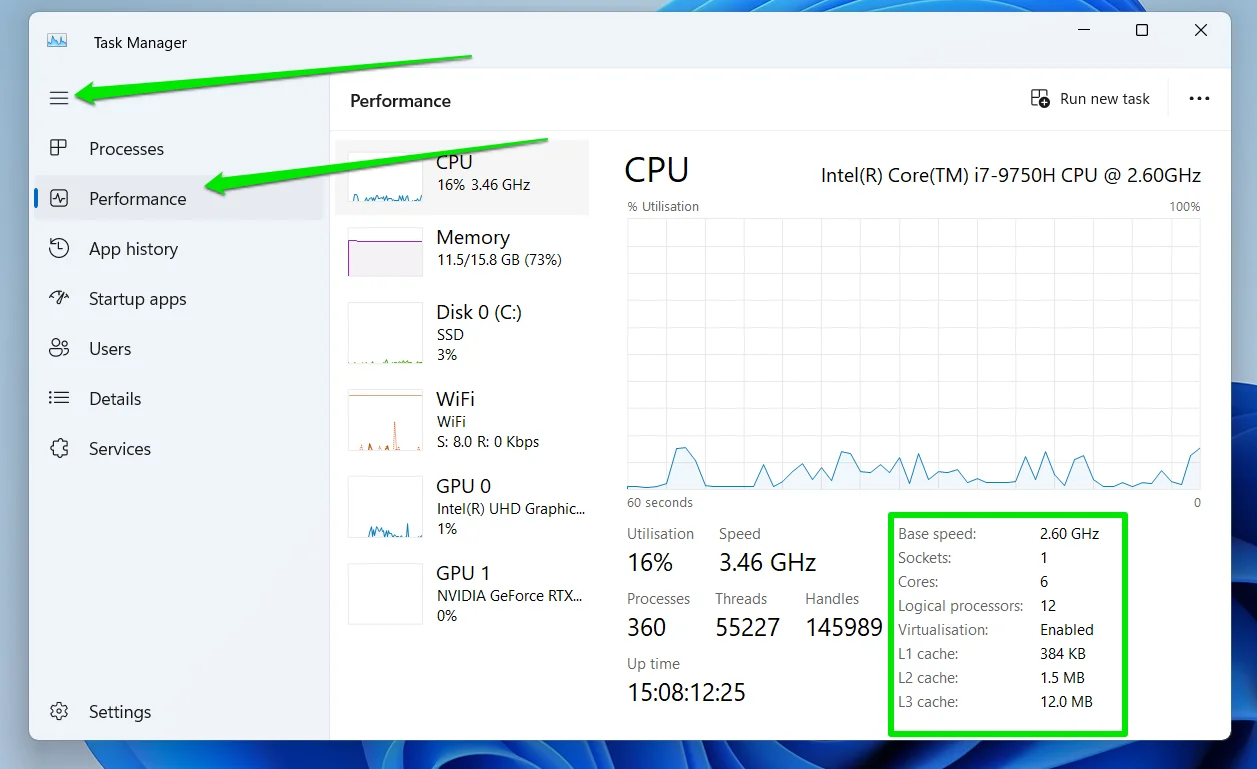
Do More CPU Cores Guarantee Better Performance?
There is a pretty straightforward correlation between the number of cores on a PC and its optimum performance. But not always. Other factors also affect computer speed. They include:
- Hyperthreading: Apart from the number of cores, you have to consider the number of threads as well.
- Based on our explanation of hyperthreading earlier, hexa-core (6-core) chips with hyperthreading capabilities can run 12 processes at once. On the other hand, an octa-core (8-core) computer without HT is limited to just eight processes.
- In that case, the hexa-core PC with threading capability is the better choice as it allows for better multitasking and enhanced performance.
- Clock Speed: The CPU’s clock speed is the rate at which the processor completes tasks, defined as the completion of one processing cycle and measured in gigahertz.
- A general rule of thumb with clock speeds: higher is better.
- Thus, a six-core processor running at 2.5 GHz will be faster than an 8-core processor running at 1.5 GHz.
- Other System Components: Using better storage, GPU (Graphics Processing Unit or video card), and RAM can also boost your system’s performance.
How to Optimize Your CPU Performance
Now that you have answers to questions such as, “What does the number of cores in a processor mean?” and “What makes a CPU fast?” you may want to find out how to improve CPU performance.
Optimizing your CPU’s performance may mean something different to you, depending on your objectives.
You may want your PC to have the highest possible speeds and maintain them or you may want it to satisfactorily handle your tasks without consuming so much power.
In any case, we’ll show you various methods to help you significantly boost your CPU’s performance.
📌 Also read: What is the Best Gaming Processor for PC?
Method 1: Use all Your CPU Cores
If you’re running intensive tasks, such as heavy simulations, gaming, 3D renderings, and advanced computational work, you may want to force your computer to utilize all its cores.
By default, Windows manages how your CPU works, allocating different cores to different processes. While it mostly does this job efficiently, it may force some cores to stay idle from time to time.
Now, if you do not mind the power needed to keep all your CPU cores functioning, consider turning them all on. Follow these steps:
- Launch the Run dialog window, type
msconfiginto the text box, and punch theEnterkey. - The System Configuration dialog window will appear.
- Go to the Boot tab and click on the Advanced Options button.
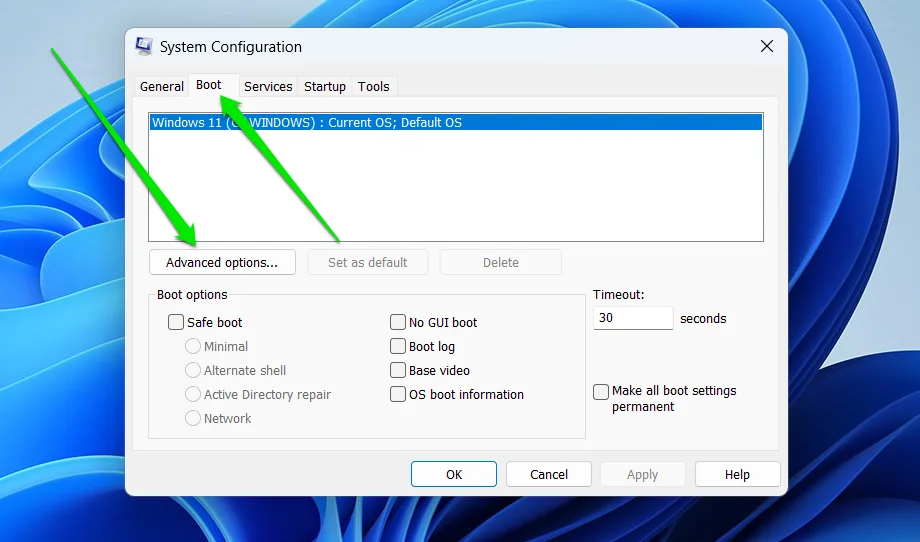
- Select the box next to Number of processors and choose the maximum num the drop-down menu.
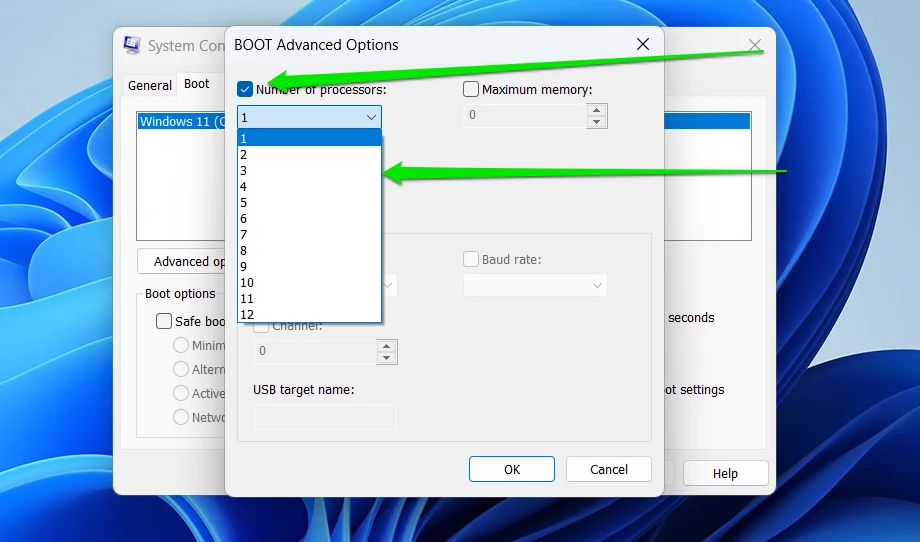
Method 2: Change Your Power Settings
You can tweak your Power Settings to reflect the level of performance you want to achieve. Normally, you can choose between the different built-in power options including:
- High Perfomance
- Balanced
- Power Saving
- Ultimate Performance
The Ultimate Performance mode allows your computer’s hardware devices, including your processors, to run at max power. Follow these steps to choose a power settings:
- Go to the Start menu, search for
Control Panel, and launch the application.
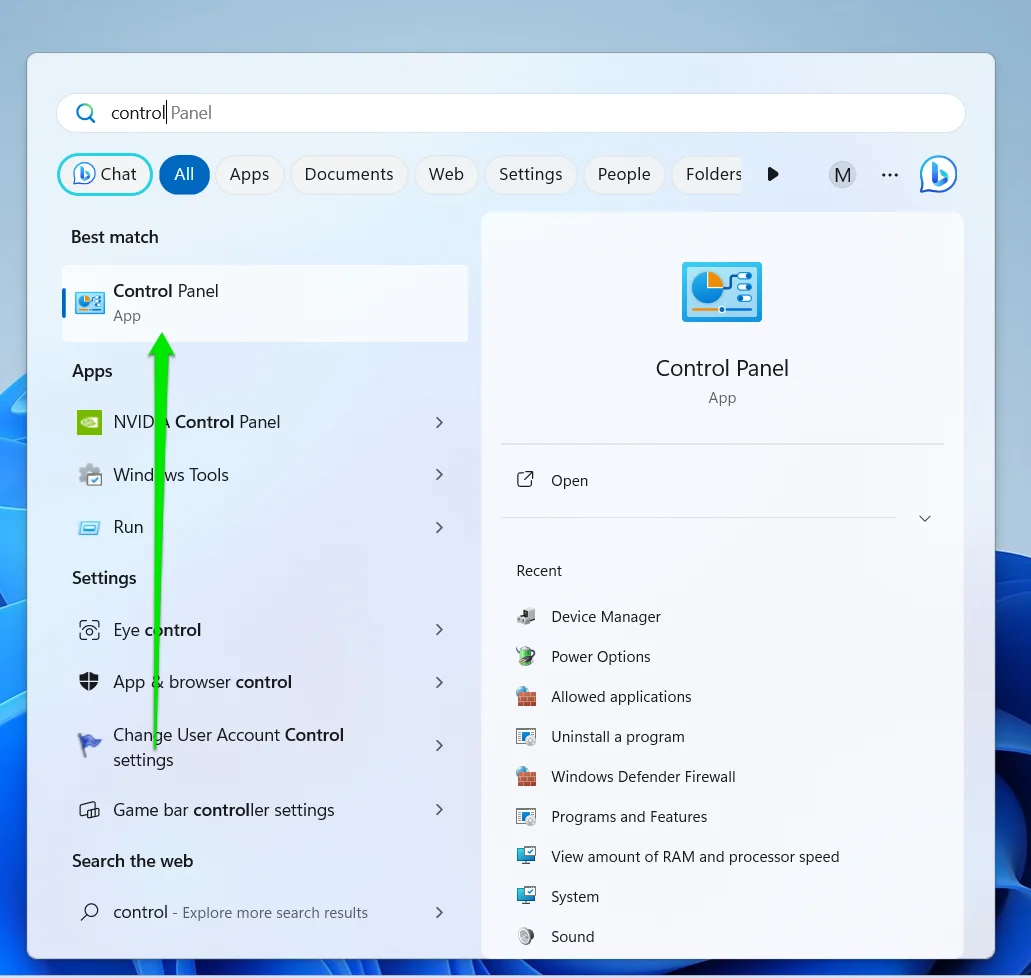
- When the Control Panel window appears, click Hardware & Sound.
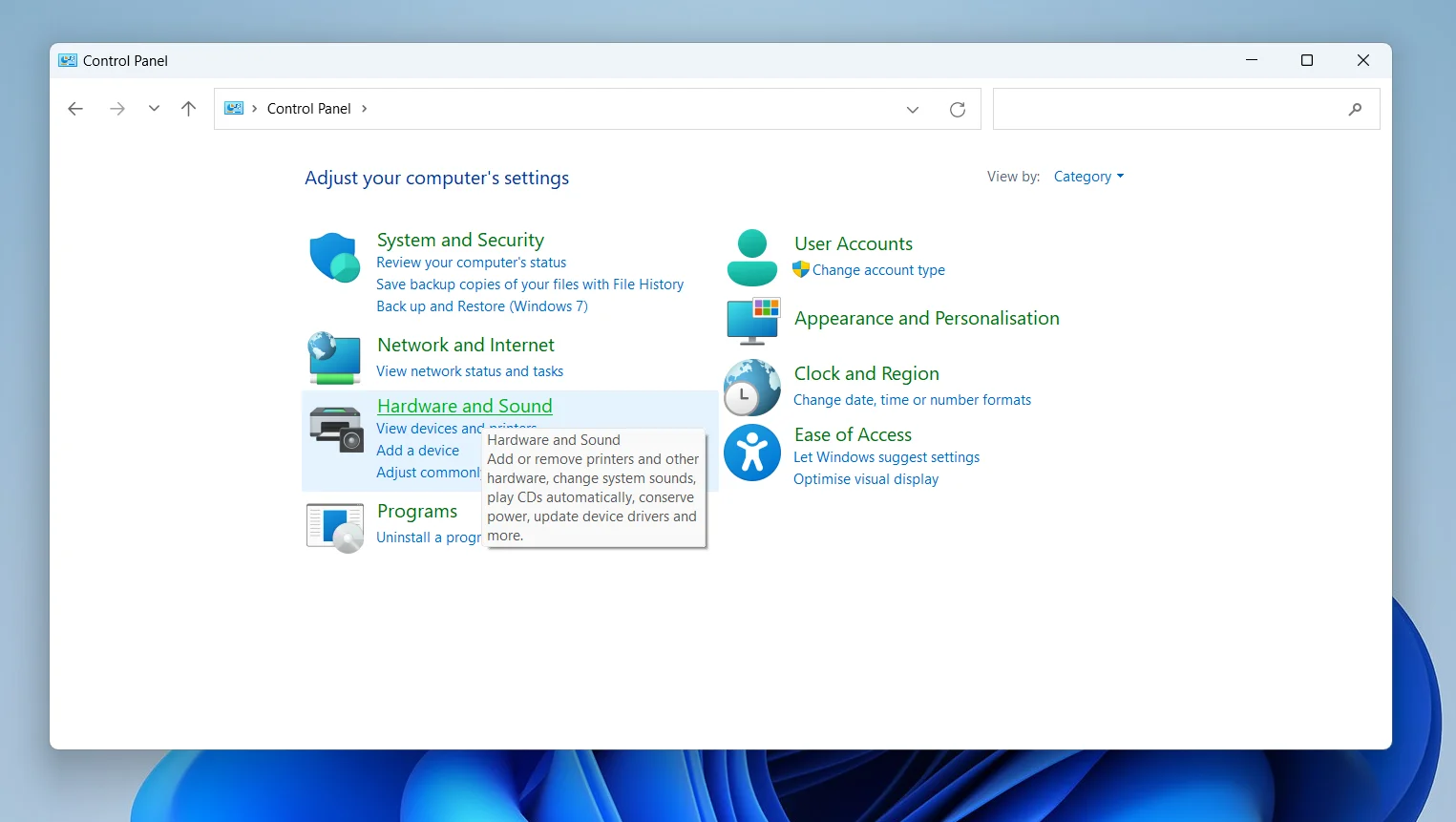
- Click Choose a Power Plan under Power Options when the Hardware & Sound window opens.
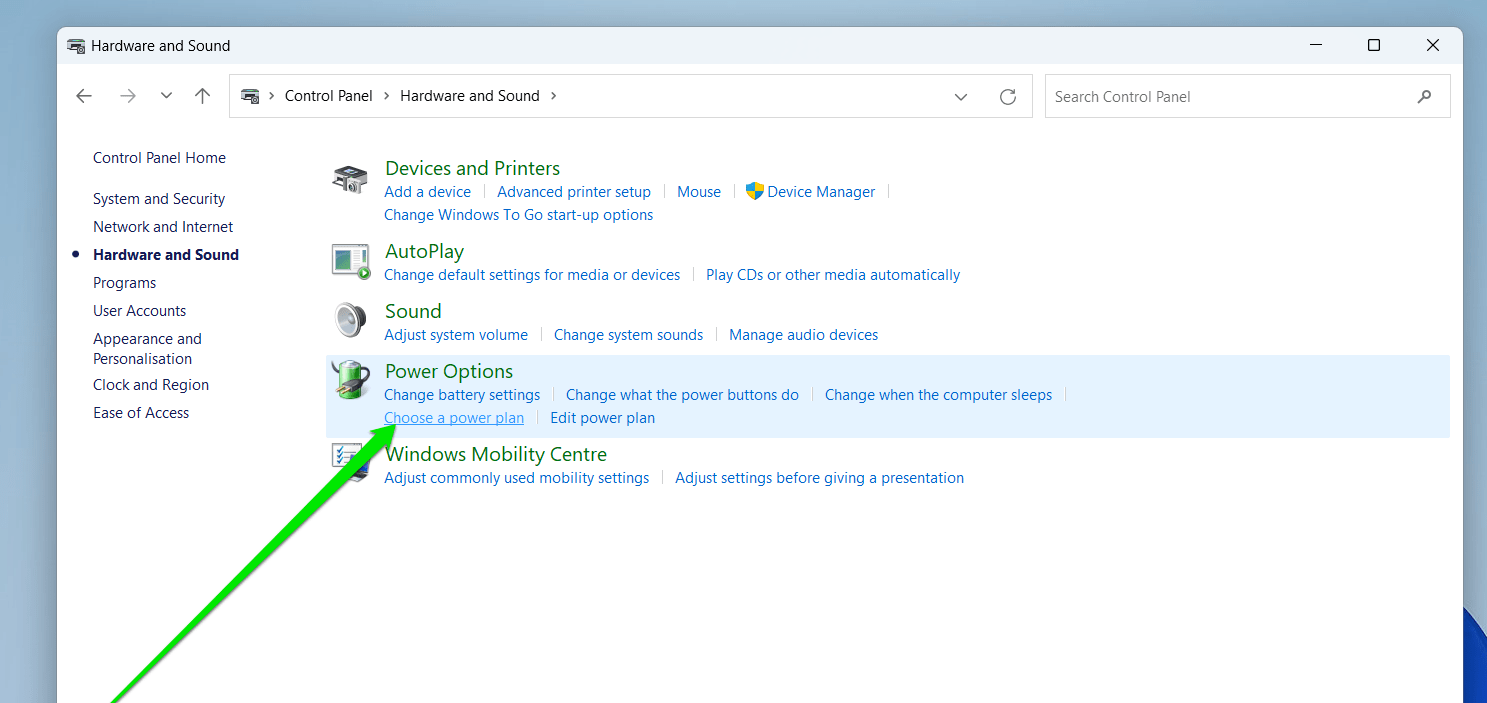
- Expand the Show additional plans window to choose Ultimate Performance.
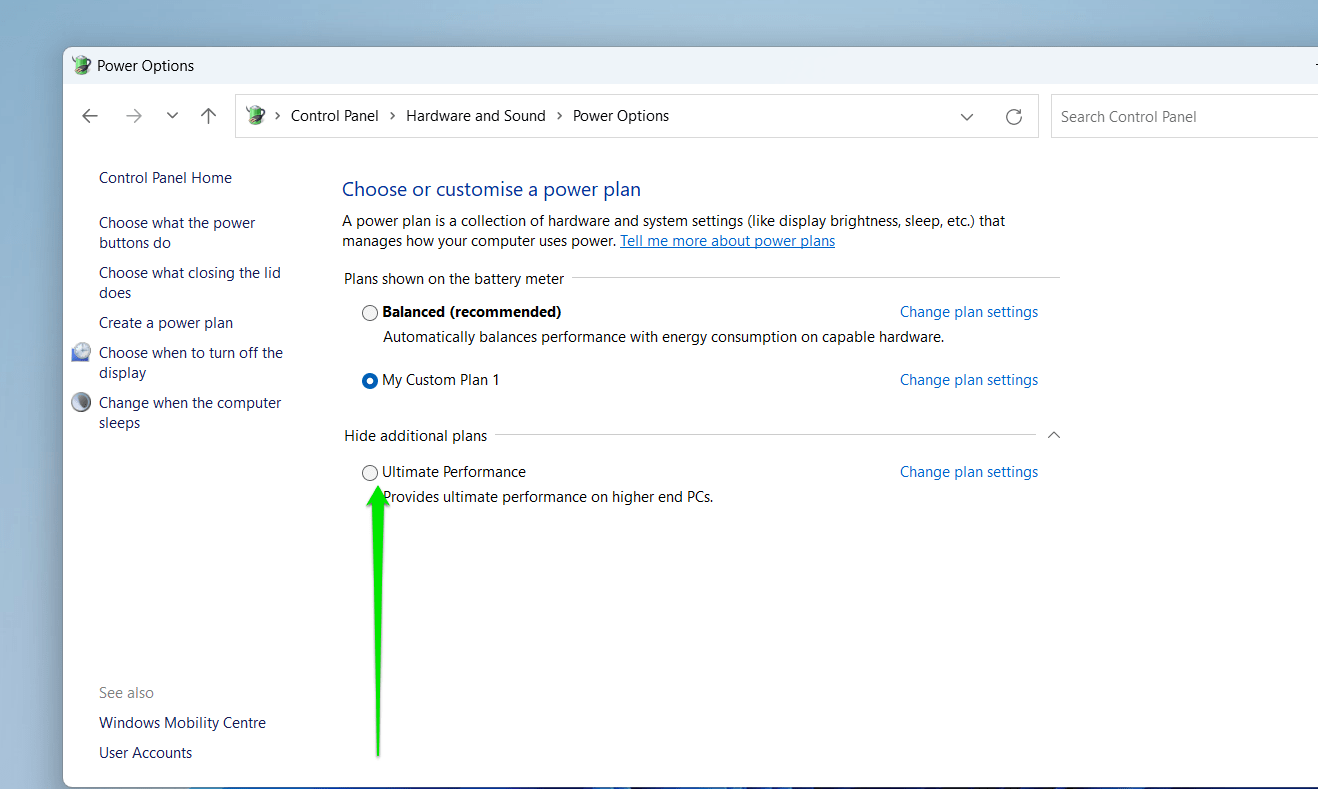
- If you want to choose the High Performance or Power Saver plans, click Create a power plan in the left pane, choose your plan, click Next, and then select Create.
That said, you may want to save power elsewhere while your computer uses all its system-allocated power to boost performance. In that case, you have to create a custom power plan to change your Maximum and Minimum Processor States.
This setting allows you to dictate how high and low your processor will perform at any given time. For example, if you set both states to 100%, all your CPU cores will be active at their highest speeds every time your computer is turned. Here’s how to apply the setting:
- Once you click Create a power plan in the Power Options window, choose the Balanced Option and then name your plan.
This plan does its best to balance energy consumption with performance. That means your system components won’t be at full power.
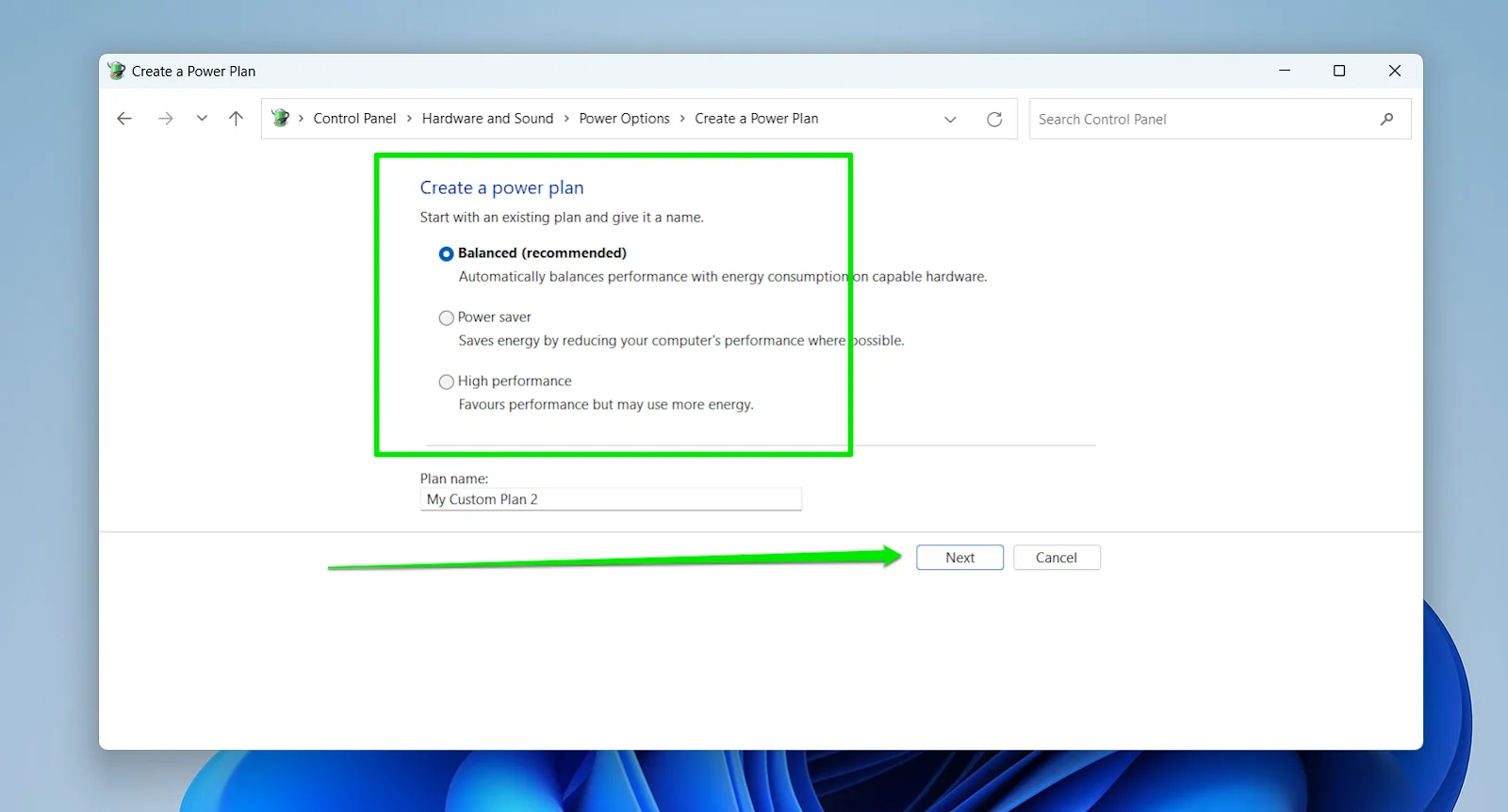
- After creating the plan, go to the Power Options page and click on Change plan settings beside the new plan.
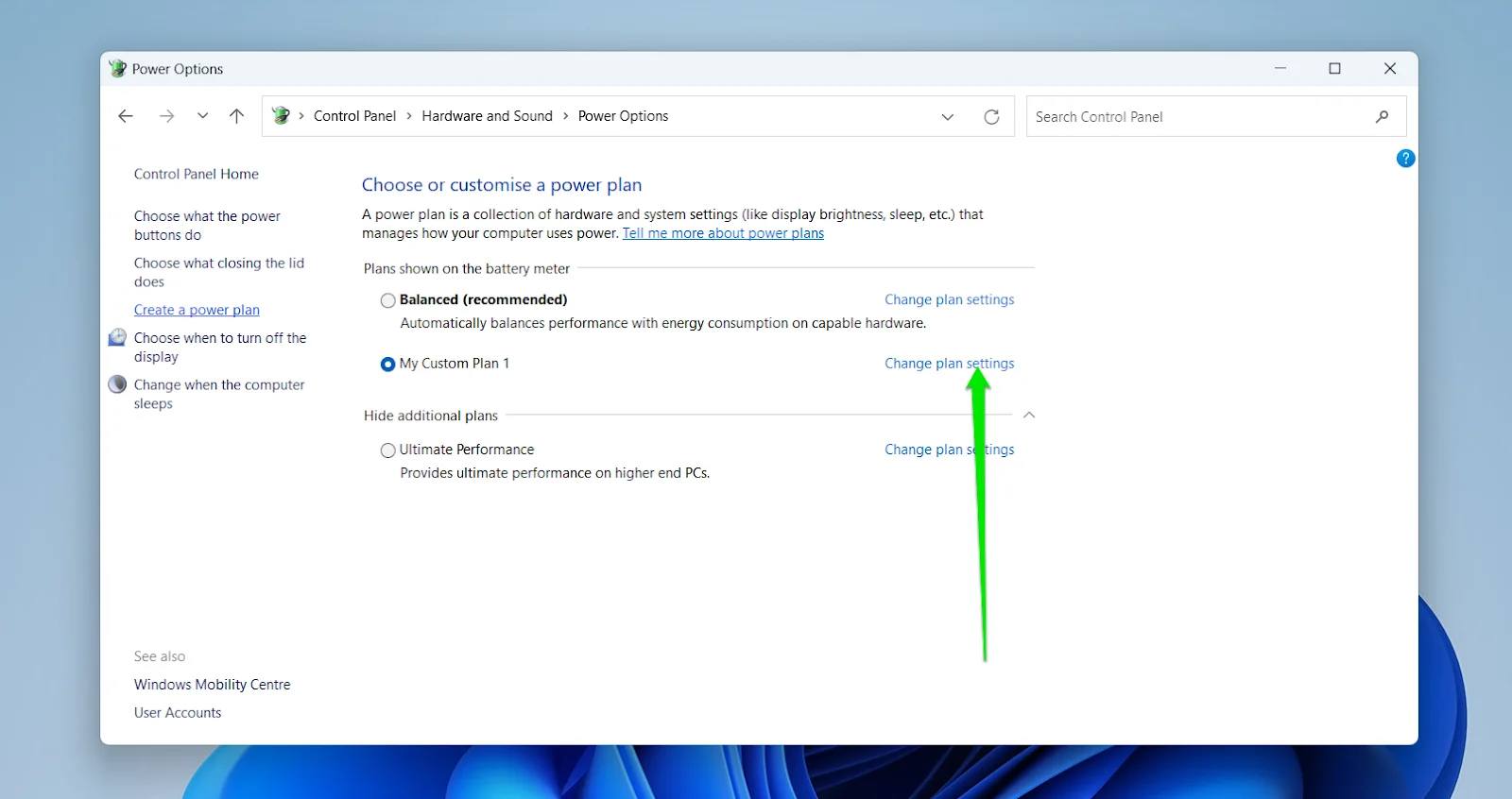
- Click Advanced power settings.
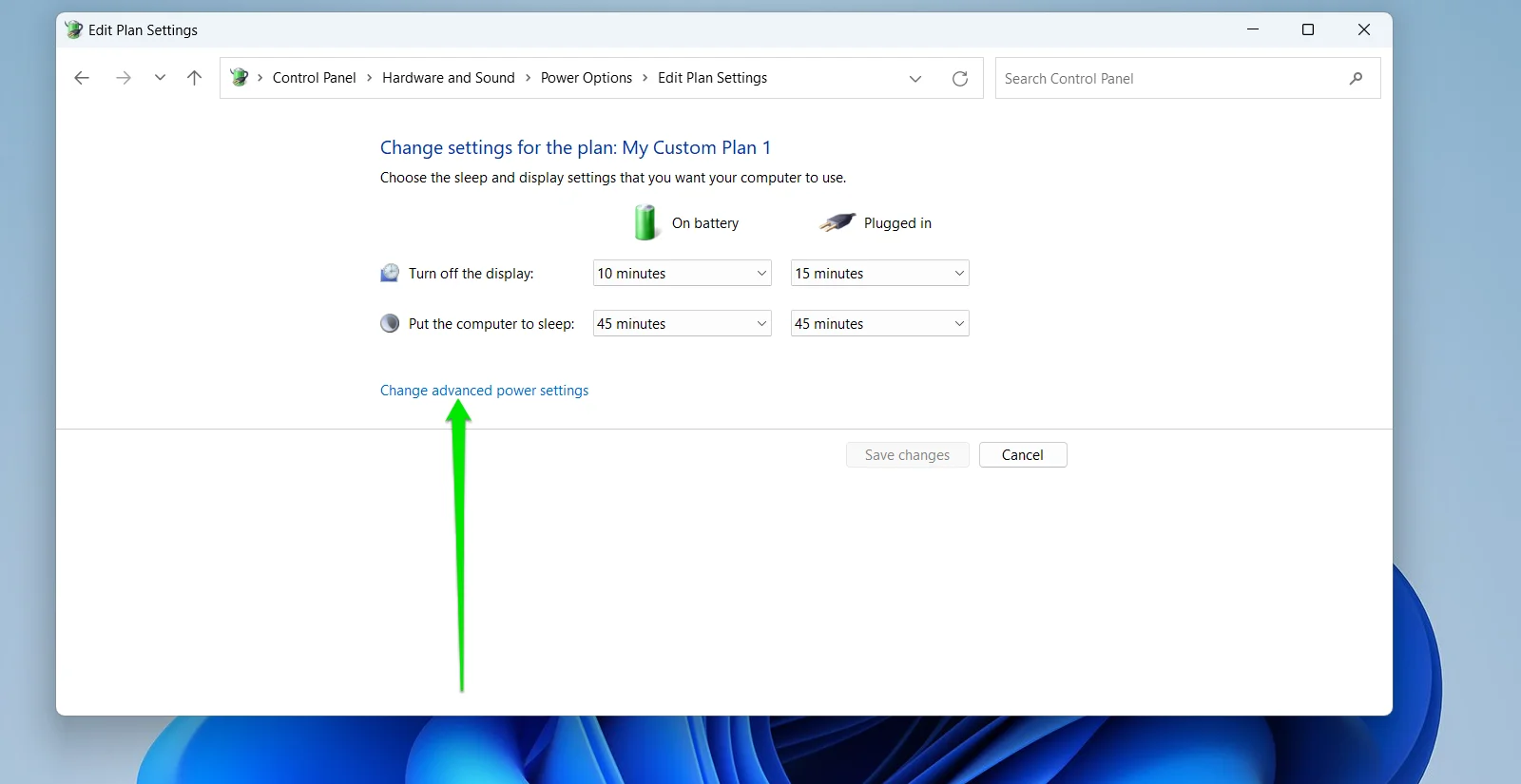
- Scroll down to Processor power management.
- You can now increase your minimum and maximum processor states to values you believe will boost your CPU’s performance to a level that is good enough to handle your tasks.
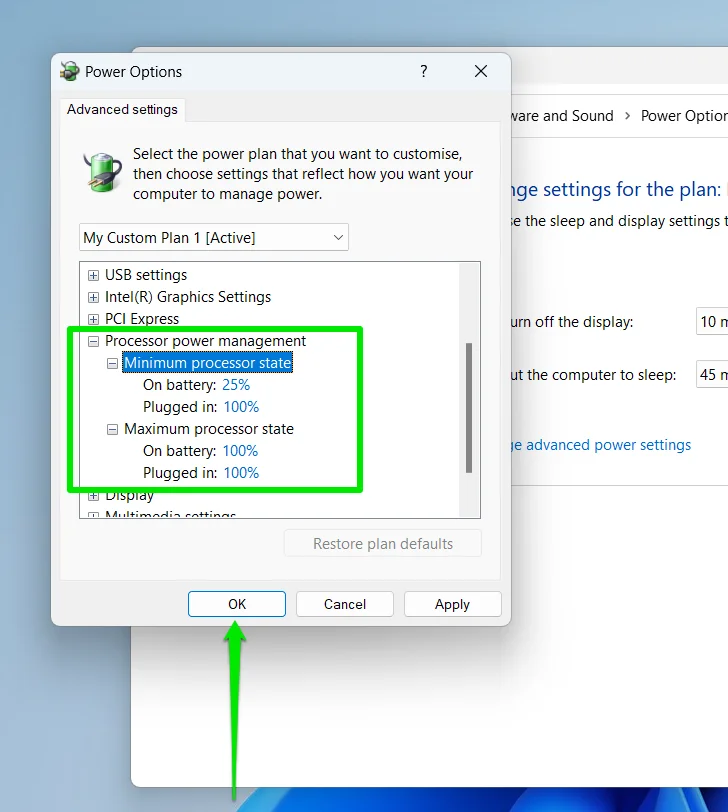
You can learn how to use different power settings to better tweak your general system performance how you see fit.
Method 3: Keep device drivers up to date
Your device drivers are among the most important pieces of software running on your computer. While most of them are preloaded with your operating system, you have to download other stand-alone drivers yourself.
However, almost every device driver is updated from time to time, including Kernel Mode and User Mode drivers that help the processor function optimally.
Keeping all your PC drivers updated significantly improves your processor performance. That’s because each device driver update is optimized to communicate better with your operating system and CPU.
The standard way to keep important drivers up to date is installing Windows updates. Microsoft releases these updates from time to time to clear glitches and deploy optimizations.
Follow these steps to update Windows:
- Tap the Start button and type
update. - Click Check for Updates in the results page.
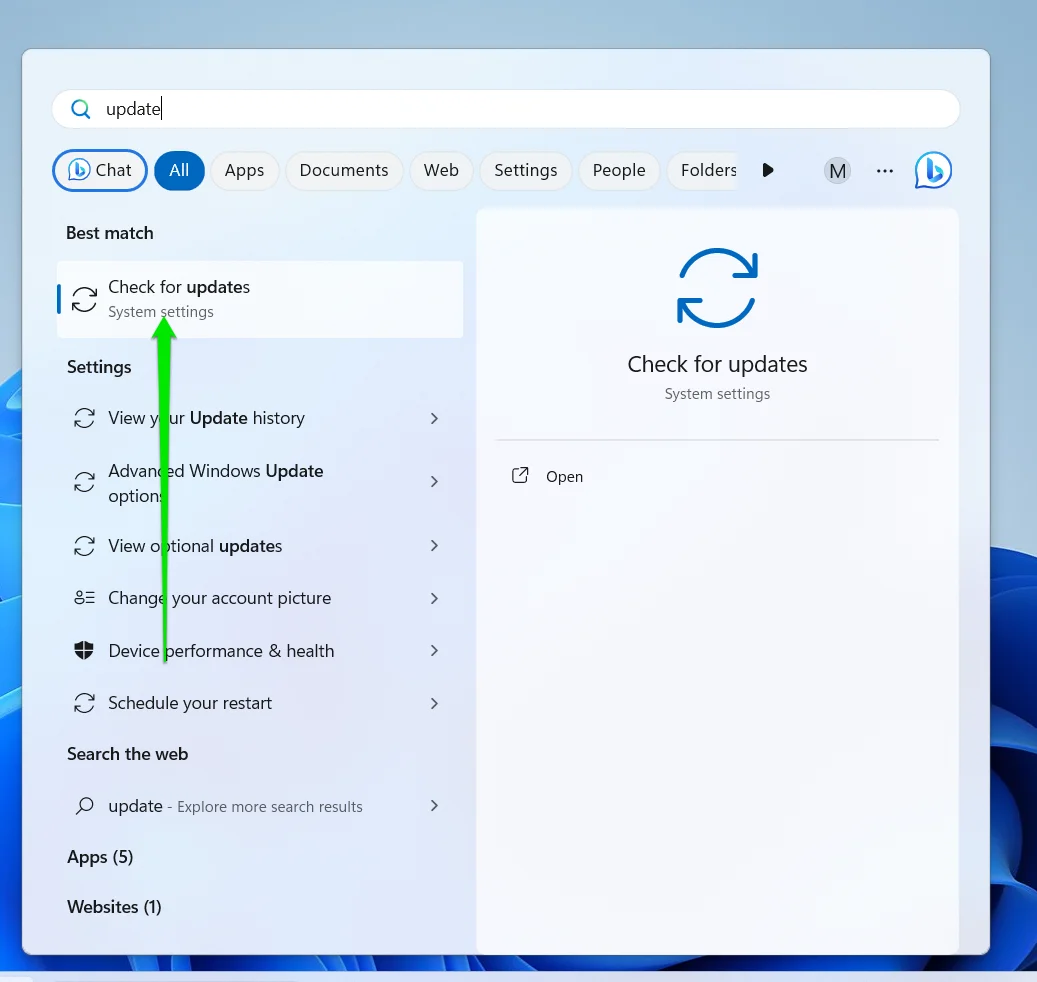
- The Windows Update Client will now start checking for updates.
- Allow automatic updates to download and install, then restart your computer.
- You can also download and install other optional updates, such as Quality Updates and drivers.
- In Windows 11, click Advanced Options under More Options and select Optional Updates under Additional Options.
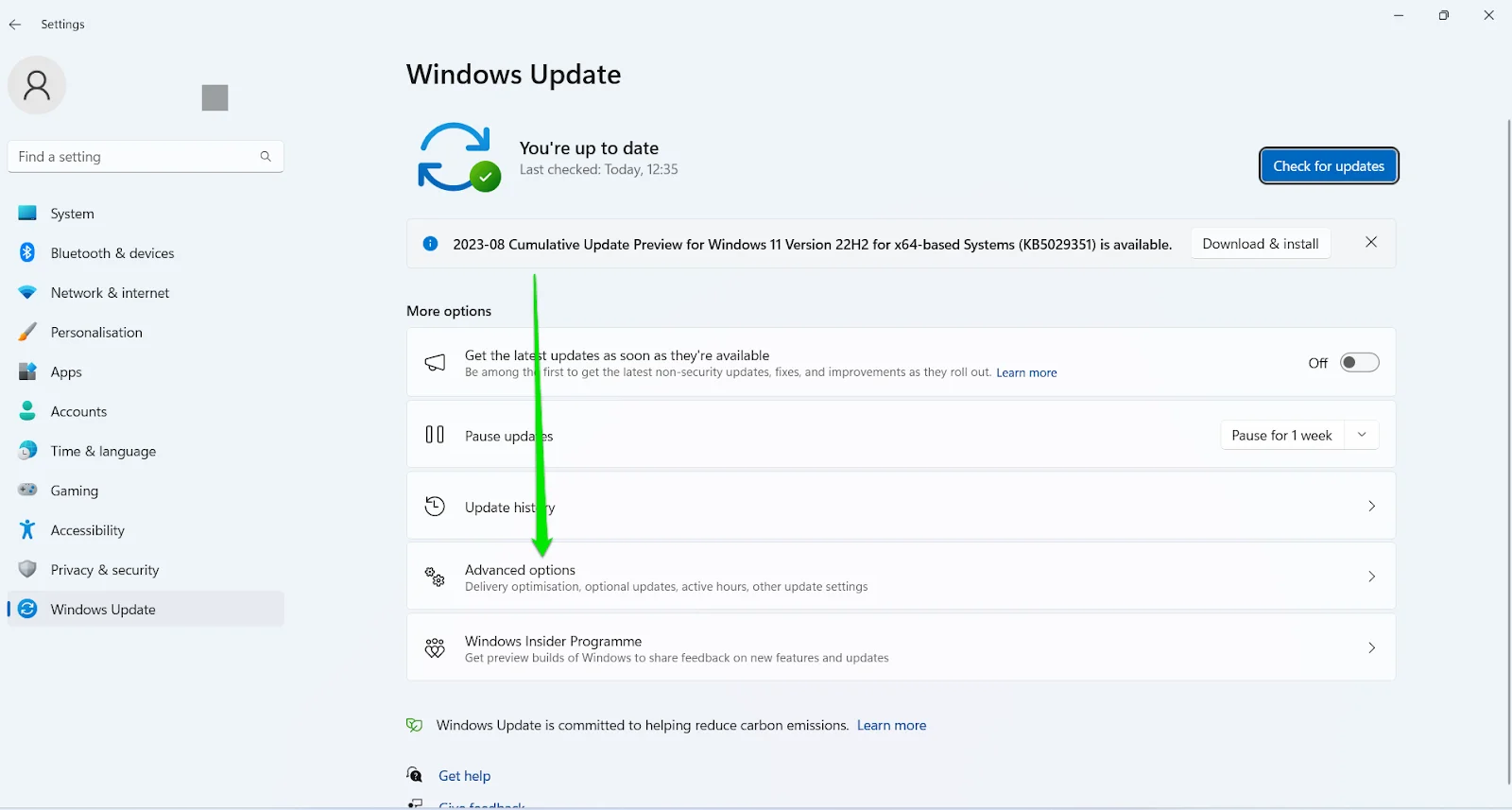
- In Windows 10, click the View all optional updates link.
- Expand the Drivers section and download and install driver updates for different devices.
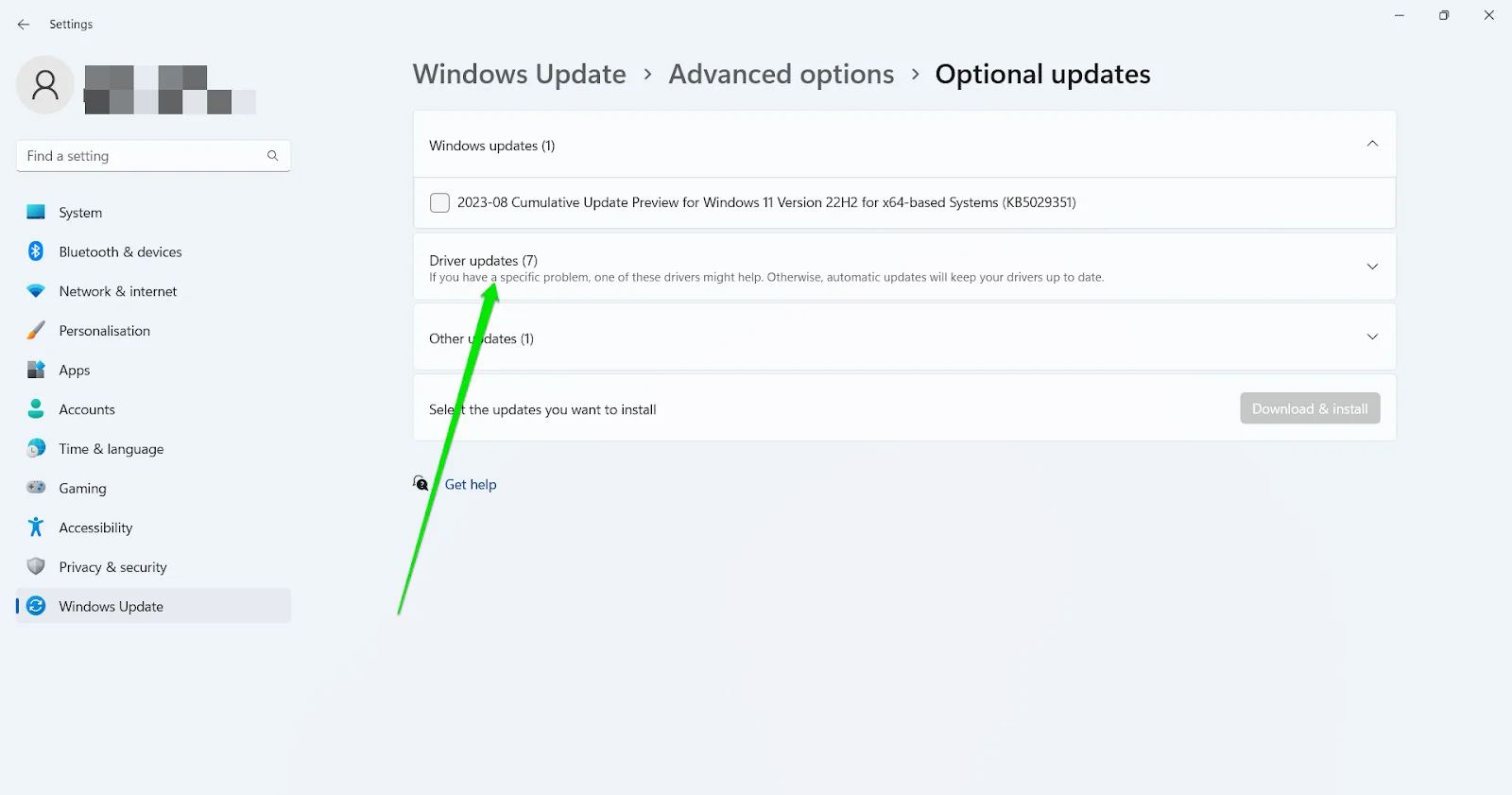
Downloading drivers directly from device manufacturers allows you to have the latest software for your devices.
You can go through the device manufacturer’s support page and enter your system model and other details to find and download your drivers.
📌 Also read: How to Update Device Drivers on a Windows 10 PC?
Method 4: Improve other Devices
Your CPU works with other components on your PC to ultimately process tasks. Sometimes, trying to make up for the deficiencies of other components can overburden the processor, causing it to slow down.
So, to boost its performance, you can upgrade other devices such as your HDD (to an SSD), RAM, and GPU.
The Random Access Memory (RAM) is where your operating system stores active programs and data for quick access by the CPU.
More RAM allows the CPU to store and access larger amounts of data without needing to constantly fetch it from slower storage devices like hard drives.
This means the CPU can work with more data simultaneously, making it more efficient for multitasking and memory-intensive tasks.
The GPU (Graphics Processing Unit) handles graphical computations and tasks.
While it is not directly related to the CPU’s general processing tasks, it plays a significant role in scenarios that require graphics rendering and processing, such as gaming or video editing.
📌 Also read: Upgrade GPU on Laptop: All You Need to Know
Upgrading the GPU can offload graphics-related tasks from the CPU. That way, the CPU can focus on other computations, boosting overall performance improvement. Replacing your HDD with an SSD enhances CPU performance by enabling faster data access speeds, reducing bottlenecks, improving multitasking capabilities, and optimizing virtual memory usage. That’s because SSDs are faster than HDDs due to their lack of mechanical components.
📌 Also read: Why is My Computer So Slow? – Improve Computer Performance
Conclusion
We hope this article has increased your knowledge of computer processors. With this, you’ll go into your next PC purchase better informed. Given that PCs with 8 cores and above aren’t exactly cheap, you may need several rounds of saving to get what you want. In the meantime, you can use the Optimize Tool in Auslogics BoostSpeed to finetune your current PC for the best performance.
